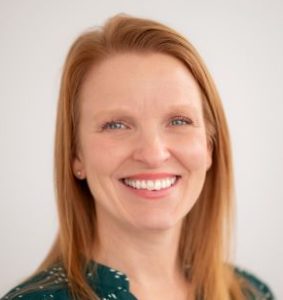
Improved state Medicaid rates have been the thread by which many nursing homes have stayed hanging on over the last year.
Yet operators in quite a few states found themselves largely shut out beyond temporary, state-level COVID relief spending.
Now, there seems to be growing anticipation of a rate increase in one of the last major holdouts. A possible blanket payment boost in Texas has been touted by execs in at least two earning calls in recent weeks. While that may sound like great news to investors weighing an owner’s long-term viability, it’s also critical to remember that nothing’s been stitched-up just yet.
Most states found themselves flush with higher-than-expected revenues over the last year, a factor that no doubt contributed to some finally awarding Medicaid increases that nursing home advocates had been begging for, for years.
But the question in Texas and plenty of other states now becomes: Will there be enough momentum for long enough to push more rates upward?
Like all forward-looking statements, the Texas rate claims are based on leaders’ expectations, assumptions and beliefs about their performance and the industry as a whole. The Lone Star state’s legislative session doesn’t even start until January, and some assumptions and beliefs may change before then — especially those dependent on the economic outlook.
With inflation and other negative economic indicators looming, the window for more permanent Medicaid relief could easily slam close. Personal income tax revenue is expected to grow minimally this year, and sales tax revenue, which suffers when consumers restrict discretionary spending due to inflation, is projected to fall.
Lower revenues mean harder choices for lawmakers during budget season, and we already know where long-term care finds itself when competing with funding for schools, law enforcement and other service sectors.
Yes, those of us who are in this field day in and day out know the need for skilled care is going to grow in coming years, and we know there are too few workers to provide care even with today’s demand. But instead of investing for that inevitable future, lawmakers have too often been prone to continue level Medicaid funding, which in most places is no longer enough to sustain facilities facing steep COVID and staffing costs.
I have plenty of friends like the lawmakers you may interact with; their eyes glaze over when I tell them what I write about for a living. But almost everyone of a certain age has a story about a family member who has struggled to find — or afford — skilled care. Most will agree the system we have doesn’t work, and while they won’t necessarily understand the nuances of margins and per-day losses, they need more of you to attempt the conversation.
Jill Wilson, president and CEO of Otterbein Senior Life, one of the nation’s largest nonprofit skilled nursing providers, made that plea a few weeks ago at the LeadingAge Meeting. Recounting her struggles to get traction in the Ohio statehouse even as her 110-year-old organization faces a third year of major Medicaid losses, she said legislators too often tell her they’ve not heard similar concerns from her peers.
Standing alone on this issue may inadvertently make it appear that a single provider is somehow making poor management or bad business choices, a suggestion Montana’s governor floated in opposing a Medicaid rate increase.
Among all the broken pieces in our long-term care system, Medicaid may be the most deeply cleaved. As skilled care providers continue to press for fair reimbursement, it’s time for more providers to reveal exactly how deep the wounds are — and just what it will take to start the healing.
Kimberly Marselas is senior editor of McKnight’s Long-Term Care News.
Opinions expressed in McKnight’s Long-Term Care News columns are not necessarily those of McKnight’s.



